Plum Bogatyrskaya, characteristics of the variety, planting, care, harvesting and storage
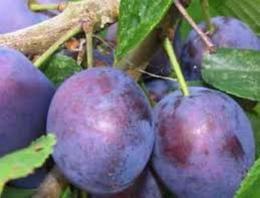
Fruit plums - tasty and healthy. They are consumed fresh, prepared into jam, juices, and desserts. Plum Bogatyrskaya is a common large-fruited late variety. Valued for frost resistance and high yield. What advantages does the fruit have, and how to care for the plant?
Content:
- The history of the appearance of the Bogatyrskaya plum
- Distinctive features of the plant, description
- Advantages and disadvantages of the variety
- Rules for planting seedlings
- How to care for a fruit tree
- Harvesting, storage and processing
- Pests and diseases that can affect plums
The history of the appearance of the Bogatyrskaya plum
The Bogatyr plum variety is a recently developed variety. The plant was obtained thanks to the selection of the Gigantic and local Hungarian plums. The creators were the namesake breeders Korneevs, employees of the Nizhnevolzhsky Research Institute of Agriculture.
Tests to develop the variety began in 1962. The plant was included in the State Register only in 1987. Plum received the name Bogatyr or Bogatyrskaya.

The variety is perfect for intensive gardening. Mechanized harvesting turned out to be possible.
It is not for nothing that the tree received such a name. The medium-sized plant is covered with large juicy fruits. Of more than fifty late varieties, it is rightfully considered the best. From one tree it is possible to collect 70-80 kg of fruits per season. Variety Bogatyr grows and bears fruit well in cold climates and withstands frosty winters.
Distinctive features of the plant, description
Plum domestic Bogatyrskaya is a tree with a spreading crown of a round shape. Dark green corrugated foliage densely covers the branches and is located on long, pubescent cuttings. The leaf shape is ovoid, with a pointed base. The flaky bark is gray in color.
White flowers are collected in 2-3 flower inflorescences. The fruits are set mainly on bouquet-type branches formed last season.
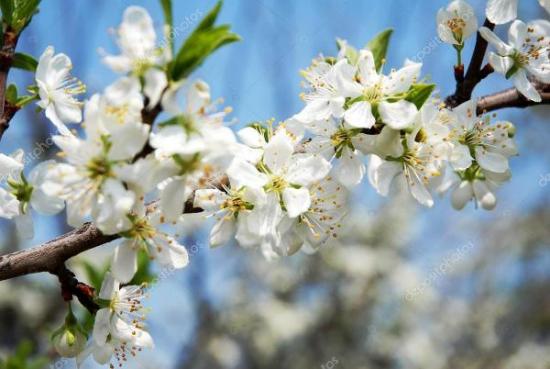
Fruits are the main advantage of a tree. In the Bogatyr variety they are large, elongated, each weighing 35-50 g. The peel is dark purple, with a waxy coating. The pulp is yellow-green, unusually juicy and soft, with fibers. The taste of the berries is pleasant, soft, sweet and sour.
The size of the pit is standard and makes up no more than 10% of the total weight of the plum. They contain about 13% sugars. Plums rich in vitamin C - 10 mg per 100 g of pulp.
The tree begins to bear fruit 4-5 years after planting. The fruiting period of different specimens ranges from 15 to 30 years. The Bogatyrskaya plum is distinguished by its high yield, which grows quickly.
Ripening time occurs in mid-August. Even from a young tree it is possible to collect 50-60 kg of fruit. Productivity is increasing at a rapid pace. Mature plants produce a harvest of up to 80 kg. Plum Bogatyr is a self-fertile tree and does well even in regions with unfavorable conditions. climate.
Advantages and disadvantages of the variety
The Bogatyr plum variety has a lot of advantages, but at the same time some disadvantages. The advantages of the variety are significant.
High yield
The trees are famous for their regular, abundant fruiting.Gardeners count on a stable number of fruits. A large harvest is harvested from each tree.
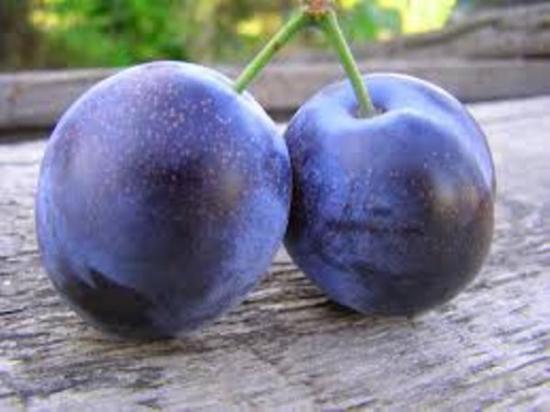
High quality fruits
Plums have impressive size and excellent taste. It is very important that they are not prone to cracking even in rainy summers. Bogatyrskaya plum Excellent transportability is inherent, despite the tenderness of the pulp.
Tolerance of adverse weather conditions
The plant belongs to frost-resistant varieties. Gardens can be maintained in temperate climates with cold winters without fear of death.
Disease resistance
The tree rarely gets sick and is resistant to most diseases and pests.
Self-fertility
Pollination occurs even in rainy weather, in the absence of bumblebees and bees.
The disadvantages of the Bogatyr plum arise from its advantages:
- The tree has a tendency to become overloaded with berries, which increases the likelihood of branch breakage.
- Over the years, plums become smaller.
Some agree to put up with the disadvantages, others do not. However, harvesting a large harvest and enjoying the juicy fruits is a real pleasure.
Rules for planting seedlings
Plum Bogatyrskaya, which is easy to buy, requires proper planting. Please note the following options.
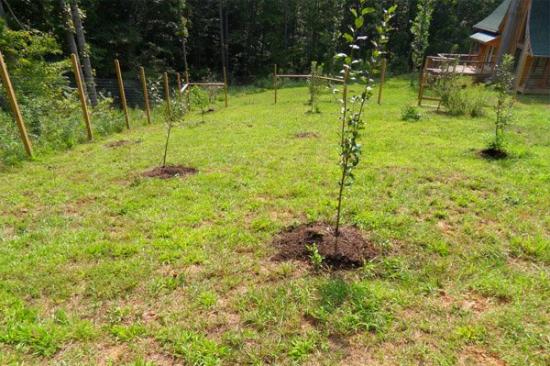
Location
The right location is the key to success. The tree does not like drought, but does not grow well in wetlands. Groundwater must pass at a depth of at least 1.5 m. Small hills and slopes are well suited for planting.
Please note that plums planted in the shade produce a smaller yield. It is better to give preference to well-lit areas protected from strong winds.
The soil
The plant is capricious in relation to soil acidity. The indicator should be neutral, in the range of 6-7 pH.If the entire garden has soil with high acidity, add ash or dolomite flour before planting.
Boarding time
The best time for planting is early spring before the buds open. Over the summer, the plant will adapt and develop roots. In regions with warm climates, plums are planted in mid-October.
Purchasing seedlings
High-quality planting material must have certificates indicating the name and age of the plant. For planting in the country or in the garden, it is best to purchase plants at the age of 1-2 years, 1-1.5 m in height. Pay attention to the presence of grafting and the thickness of the trunk (normally about 1.3 cm). The tree should have 4-5 intact roots without abnormal growths. Healthy seedling has a fresh appearance, green buds. After purchasing, wrap the rhizome with damp cotton cloth.
Landing technology
For each seedling, a hole is prepared in the ground with a depth of just over 0.5 m and a diameter of 0.8 m. A peg up to 1 m long is inserted into the side of the hole, which will serve as a support for the tree for the first years.
Gently straighten the roots to the sides and place them in the recess. The seedling is buried in soil mixed with manure (1 bucket), superphosphate (300 g) and a small amount potassium salt (60 g). The neck of the rhizome should protrude 5 cm above the ground level.
A hole is formed around the planting site and two buckets of water are poured. The tree is carefully tied to a support peg. The ground near the seedling is covered with peat or humus.
How to care for a fruit tree
Despite the fact that the Bogatyrskaya plum is stable and strong, the plant also needs care. Proper care will help the owner get a big harvest.
Watering
Every plant needs an additional source of moisture. For irrigation, dig a circular ditch.Saplings and young trees need more frequent watering. Once a week add 2-3 buckets of water.
The frequency of watering adult specimens is reduced, 5-6 times a season is enough. But the amount of liquid is increased to 4 buckets. During the period of fruit formation plum maximum moisture is needed - 8 buckets. Also, increased watering is carried out at the end of the season.
An equally important stage is loosening the soil. The procedure is performed after each watering or occasionally after natural precipitation.
Fertilizer
During the first year of growth, the young tree is not fed. Some gardeners prefer to spray the plant with a growth stimulator several times a month.
An adult plant that bears fruit is fertilized three times a year:
- before flowering (urea)
- during plum ripening (nitrophosk)
- after completion of fruiting (superphosphate)
At the end of the season it is useful to feed the tree with natural fertilizer - rotted manure. One bucket is enough. It is also advisable to fertilize the soil with chicken droppings before and after the formation of flowers. Lime or chalk is added to overly acidic soils.
If, with sufficient watering, the crown begins to turn yellow, most likely the tree lacks microelements. To eliminate the problem, the leaves are sprayed with a solution of urea and ammonium nitrate.
Trimming
Trimming - an important part of care. The best time for the procedure is the end of March or the beginning of April. The colder the spring, the later the plant is pruned. Since the tree is often overloaded with heavy fruits, branches are left that extend at a large angle. The variety is best suited for tiered cutting.
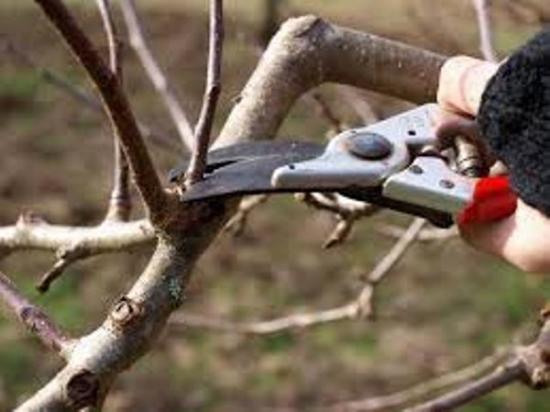
In the spring, some time after planting, the upper part of the shoots of a young annual seedling is pruned to stimulate the growth of lateral branches.If planting was carried out in the fall, pruning is postponed until spring.
The crown of a two-year-old tree is shortened by a third of its length. Leave branches located at an angle of 45 degrees, at a distance of about 20 cm from each other.
In a three-year-old tree, a 2nd tier is formed at a distance of 80 cm from the previous one. For a four-year-old plant, a 4th tier of branches is created, consisting of two shoots at a distance of 0.5 m from the previous one.
Further pruning of the Bogatyrskaya plum consists mainly of removing damaged, dried and growing branches. Occasionally thin out the thickened crown.
Gardeners have differing opinions about autumn pruning. Some believe that it helps to get rid of diseased and unnecessary branches. Others are confident that this procedure only contributes to the drying out of the trunk during cold weather.
Harvesting, storage and processing
Maturation plums Bogatyr variety is gradual, begins in mid-August and lasts until mid-September. First, the crop is harvested from the lower and outer parts of the crown. To keep the fruits longer, they are torn off with their stalks and the wax coating is not washed off.
For storage, the berries are placed in layers in boxes and placed in refrigerators. At a temperature of 4-5 C, the product is stored for 20-30 days.
Since harvested plums are short-lived, they are prepared for the winter in different ways.
Freezing
A popular and simple way to preserve vitamins and beneficial properties. This can be done even at home. The only obstacle is the size freezers.
Sunset
There are many preparation options. Plums are used to make jam, berry puree, marmalade, juices, homemade liqueurs and wine.
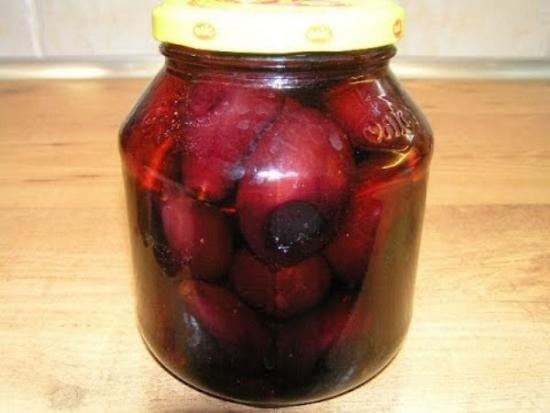
Drying
Dried plums in winter make excellent compotes and decoctions.
Plum is useful for kidney and liver pathologies, strengthens blood vessels, activates intestinal function and removes toxins. Therefore, take care of preparing berries in advance.
Pests and diseases that can affect plums
Bogatyrskaya plum is quite resistant to various diseases and parasites. However, even a strong plant can be attacked by misfortunes.
milky shine
When the disease occurs, the trunk darkens and the leaves acquire a silvery tint. The disease is rare and without treatment the tree dies. To eliminate the problem, cut out the affected shoots and treat the plant with 3% copper sulfate.
Marsupial disease
The fruits suffer from the disease. In diseased specimens, the bone does not form and plaque appears. For treatment in the bud formation phase, 1% Bordeaux mixture is used.
Fungus
The appearance of a black coating on the foliage indicates infection with sooty fungus. The tree is treated with a bucket of soap solution (150 g) and vitriol (5 g).
Rust
Swollen brown spots form on the leaves. After harvesting, they are treated with Bordeaux mixture.
Plum Bogatyrskaya – wonderful fruit tree for home growing. In order for the plant to grow and bear fruit, it is necessary to pay maximum attention to planting, pruning and watering. It is especially important to properly care for young seedlings. Under proper conditions, the tree will delight you with a bountiful harvest of delicious fruit.
Let's watch an interesting video about the Bogatyrsky plum variety:

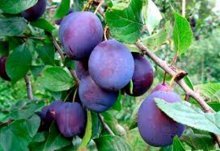
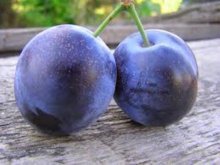
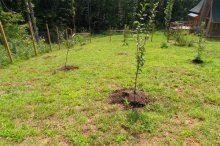
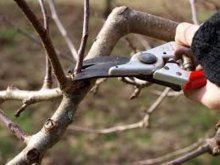
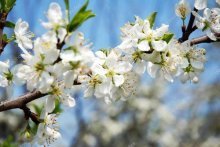
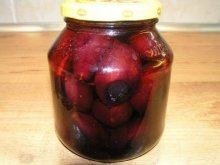
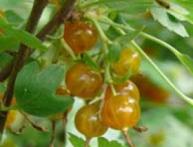
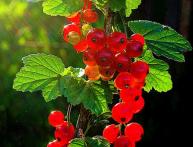
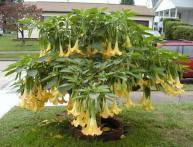
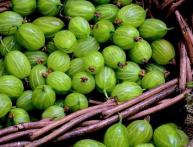

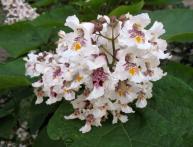
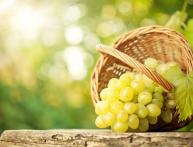
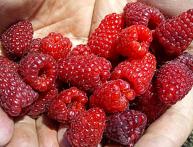
Comments
The plum tree really bears a lot of fruit and the fruits are juicy and tasty, but we have always had a problem with this tree - the fruits are overcome by pests. A little later you start collecting and it’s all in the wormhole.
This plum tree bears fruit very well indeed. So be sure to plant.The fruits are sweet, sweet and quite juicy. Not dry. It really doesn’t go into compotes. But, you will eat everything from the tree)